Best Islands
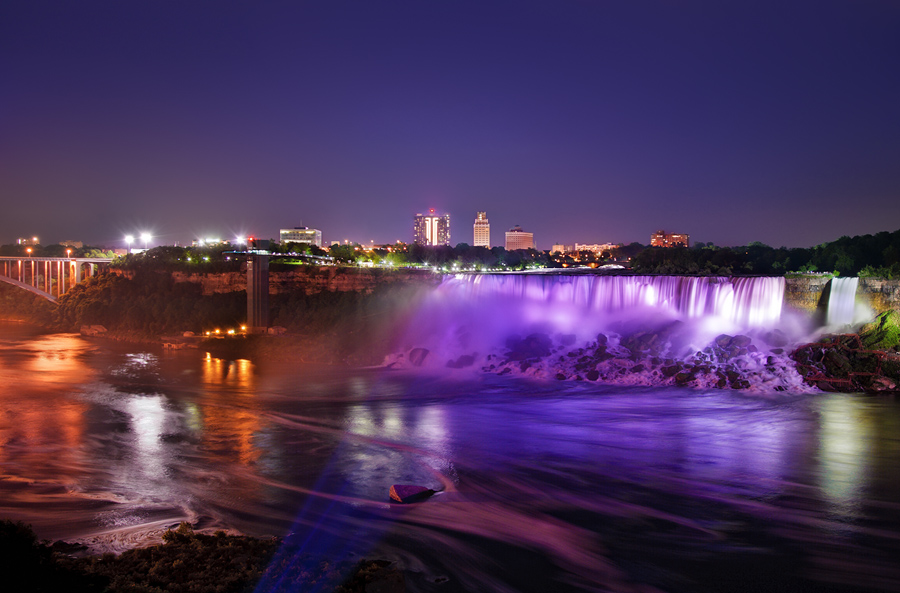 Block Island, Rhode Island
Block Island, Rhode IslandFun Fact: Infamous buccaneer Captain Kidd frequented Block Island; local legend swears its small caves hold buried treasure.

Key West, Florida
From corsairs to Cuban revolutionaries, Key West has long been synonymous with colorful characters. Its comparative isolation and spectacular scenery lures creative types, notably Tennessee Williams and Ernest Hemingway. Bike or stroll “Old Town,” the Key West Historic District that embraces Mallory Square, Duval Street, the Truman Annex (site of Harry S.’s Winter White House), and Fort Zachary Taylor, as well as century-old pastel gingerbread-trim bungalows set on piers with peaked roofs and bougainvillea-draped balconies. Bustling Bahama Village, two centuries old, celebrates African cultural heritage. Seafaring traditions endure at Key West Bight, lined with seafood eateries and outfitters catering to those who want to get in or on the water to see it’s vibrant residents. Be prepared for a party atmosphere back on land: Thousands toast each sunset with almost pagan abandon at Mallory Square and locals joke you can smell the booze on the breeze along Duval Street. Fun Fact: One of the Key West’s many attractions is the iconic concrete “buoy” claiming “Southernmost Point Continental U.S.A.”

Mackinac Island, Michigan
Most motorized vehicles have been prohibited on Mackinac since 1898, preserving this 3.8-square-mile island’s Victorian “living museum” charm. Architectural styles span 300 years, including Native American structures, rare 18th-century rustic French buildings, and the flamboyant Victorian summer “cottages” of railroad and lumber barons. History is everywhere: Whitewashed 1780 Fort Mackinac presents reenactments and you can watch hearth cooking and craft making at the 18th-century Biddle House. Mackinac Island State Park preserves most of the landscape, encompassing plant-rich meadows, boreal forest, and limestone formations. Birders can admire a rainbow of avian species, while duffers can attack the challenging Wawashkamo, a course that has been continuously played since 1898. Downtown offers butterfly conservatories, a haunted house with wax monsters, and shopping for renowned Mackinac Island Chocolate Fudge and Chippewa artifacts.Fun Fact: Somewhere in Time director Jeannot Szwarc received a rare exemption to banned motorcars so that Christopher Reeve could drive up to the 1887 Grand Hotel for the movie’s opening.
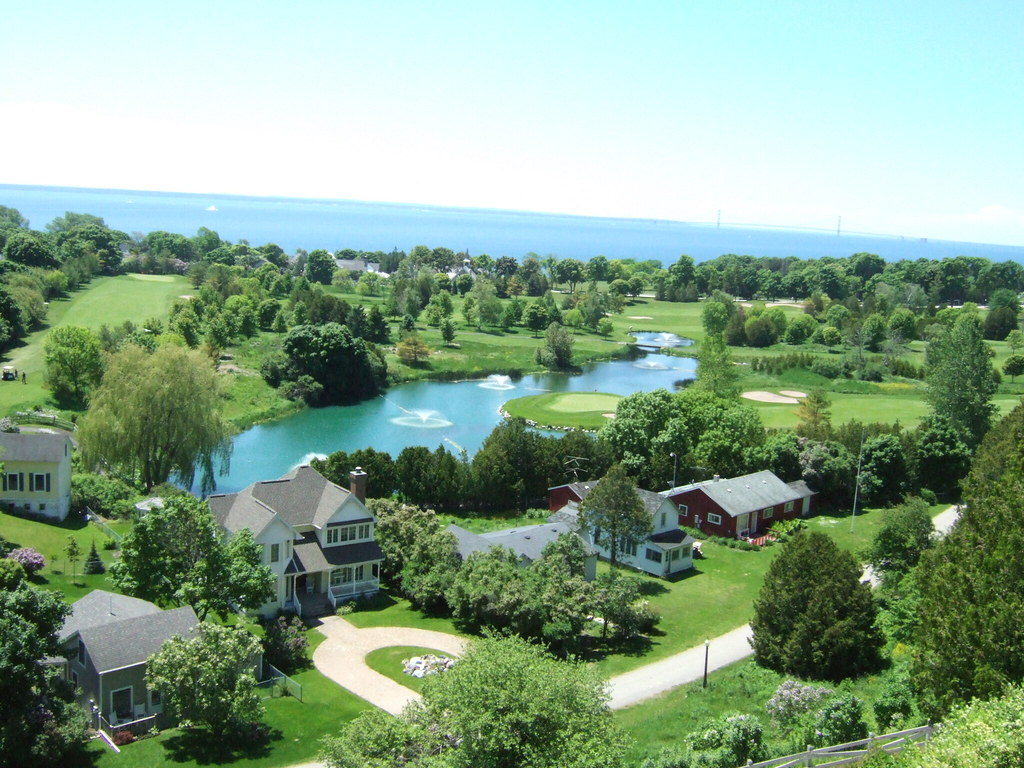
Mt. Desert Island, Maine
The rugged island of rocky coastlines, crystal lakes, and evergreen forests of Mt. Desert Island comprise most of Acadia National Park. Receding glaciers clawed the earth in their wake during the last Ice Age, leaving whale-backed ridges, U-shaped valleys and debris resembling abstract sculpture called erratic. The rising sea sculpted the eastern seaboard’s only fjord, Somes Sound. Fabled Bar Harbor, founded in 1796, is the island’s upscale yet unmistakably Down East gateway. Prominent families — Rockefellers, Fords, Vanderbilts, Carnegies — built elegant estate here and made a strong commitment to stewardship. Their original conservation efforts today protect more than 50 square miles of varied terrain. The Abbe Museum’s displays span 10,000 years of history, art, and archaeology. See more by booking a catamaran cruise and gliding past historic lighthouses, fanciful formations, and the mansions along “Millionaires’ Row.” Or book a trip on a working lobster boat to see where tonight’s dinner came from.Fun Fact: Cadillac Mountain, the north Atlantic coast’s highest point, provides jaw-dropping panoramas and during certain times of the year is the first U.S. spot to witness sunrise.
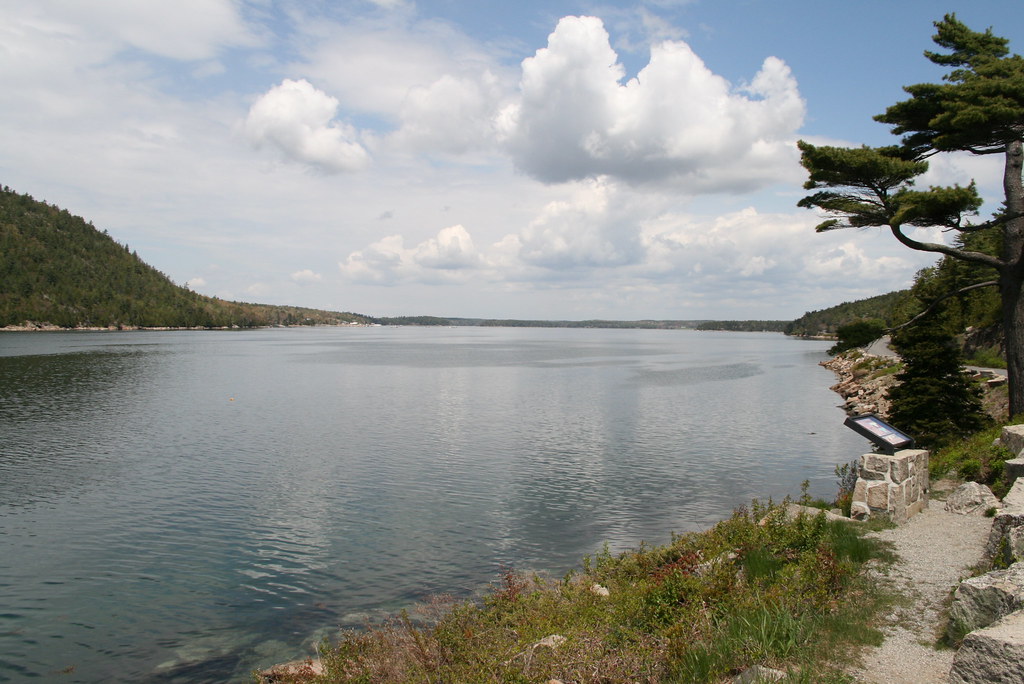
Mustang Island, Port Aransas, Texas
This 18-mile-long barrier island, connected by a causeway and 24-hour ferry to Corpus Christi, offers wildlife and wild life at party-hearty Port Aransas. Trolleys ply the historic honkytonk town, filled with down-home pubs and upscale galleries. Wide bay- and Gulf-side beaches, lined with dunes, seafood shanties and marinas, hikers, seashell collectors, and sandcastle architects (100,000 spectators ogle hundreds of entries at SandFest, the nation’s largest sand-sculpting competition, every April). Aquatic activities abound: surfing waves off the jetty, kite-boarding off protected sandbars, casting for trophy tuna and tarpon. Tournaments lure international competitors, who spin tales of the ones that got away in fun funky bars. More than 500 bird species vacation here, dolphin frolic in the channel, and coyote roam Mustang Island State Park.Fun Fact: Mark “Sand Man” Landrum acts as Port A’s official “Sandcastle Dream Builder,” offering lessons in engineering elaborate moats and machicolated battlements.
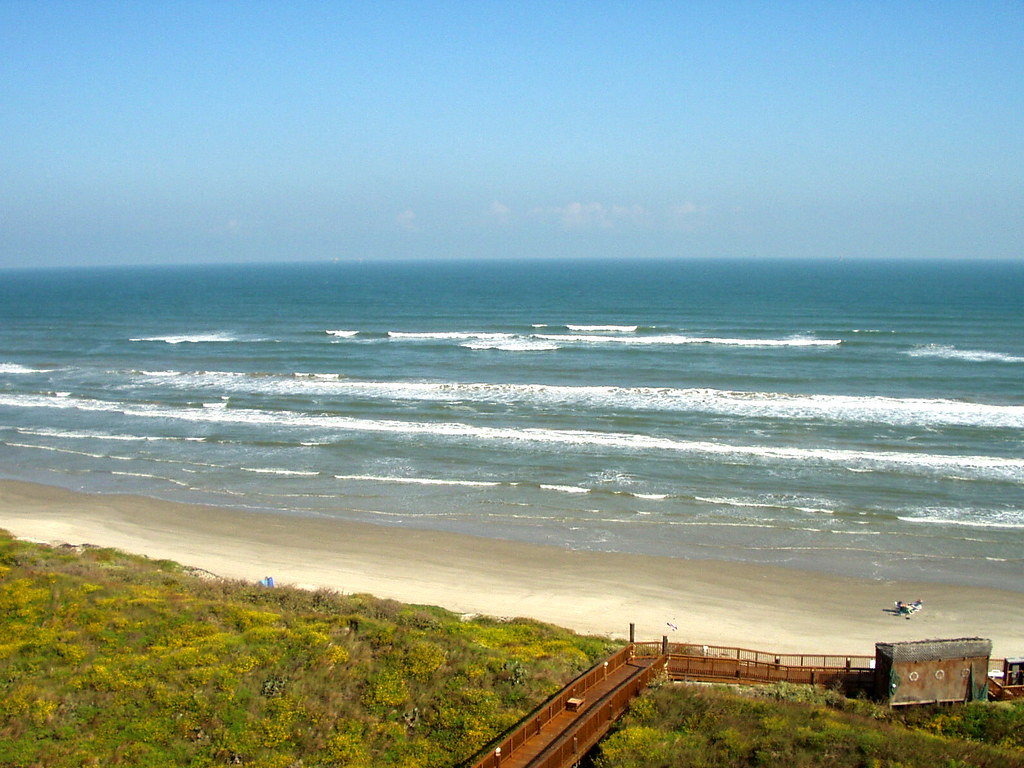
Ocracoke Island, North Carolina
Outermost of the Outer Banks, Ocracoke is a 16-mile slash of unspoiled sand along the Cape Hatteras National Seashore. The remote isle was settled in the 1750s and history hounds can admire the East Coast’s oldest operating lighthouse (built 1823) and browse Civil War artifacts at the Ocracoke Preservation Museum. Over 250 historic structures remain standing on the island (often on stilts), most utilizing materials from scuttled ships. The culinary, shopping, and nightlife scenes are worth the trip as well. Fisherman angle for Spanish mackerel and speckled trout, which is then served alongside oyster stew simmered with bacon at generations-old family-owned restaurants. Shops carry authentic crafts from quilts to woodcarvings, and CDs by such well-regarded locals as Molasses Creek and Mya Rose, who play bars like Deep Water Theater and Mango Loco.Fun Fact: Isolated Ocracoke developed its own distinct dialect, a “brogue” which you can still distinguish among older residents.

Orcas Island, Washington
One of the hilly, verdant San Juan Islands, “The Rock” (as the locals call it) is blanketed with evergreen forests and stitched with sandy beaches perfect for zoning out. Madrona Point Park has nature paths and hundreds of twisting, ocher-hued madrona trees sprouting like restless spirits from the rocky shoreline, while Moran State Park has 5,200 acres of woodlands filigreed with waterfalls and lakes for swimming. The Orcas Island Historical Museum documents early island life in six original homestead cabins and the Crow Valley Museum, located in an 1888 territorial one-room schoolhouse, features furnishings, childhood memorabilia, and photographs. And, as the island’s name implies, whale watching is one of the water recreations. Go May through October to see Orcas as well as Minke Whales.Fun Fact: Local artists demonstrate their creative processes from blowing glass art to pottery in working studios in Olga’s Orcas Island Artworks, a popular café/gallery in a former strawberry-barreling plant.

St. Simons Island, Georgia
The largest of Georgia’s four Golden Isles, St. Simons has beckoned bluebloods and birders for a century with marshes, maritime forests, and Mediterranean Revival mansions. The island’s location made it a strategic maritime point: Explore Fort Frederica National Monument, where colonists won a major naval battle during the Revolutionary war and learn more at the WPA-built 1935 Old Coast Guard Station that houses the Maritime Center museum. Golfers can play hundreds of challenging holes between St. Simons and neighboring Sea and Jekyll Islands. Patrol the waters on a working shrimp boat, sail on a dolphin-watching tour, or just bask on pearly sands.Fun Fact: The 104-foot St. Simons Lighthouse (a working navigational beacon operational since 1872) and its brick Victorian light-keeper’s residence were renovated in 2010.
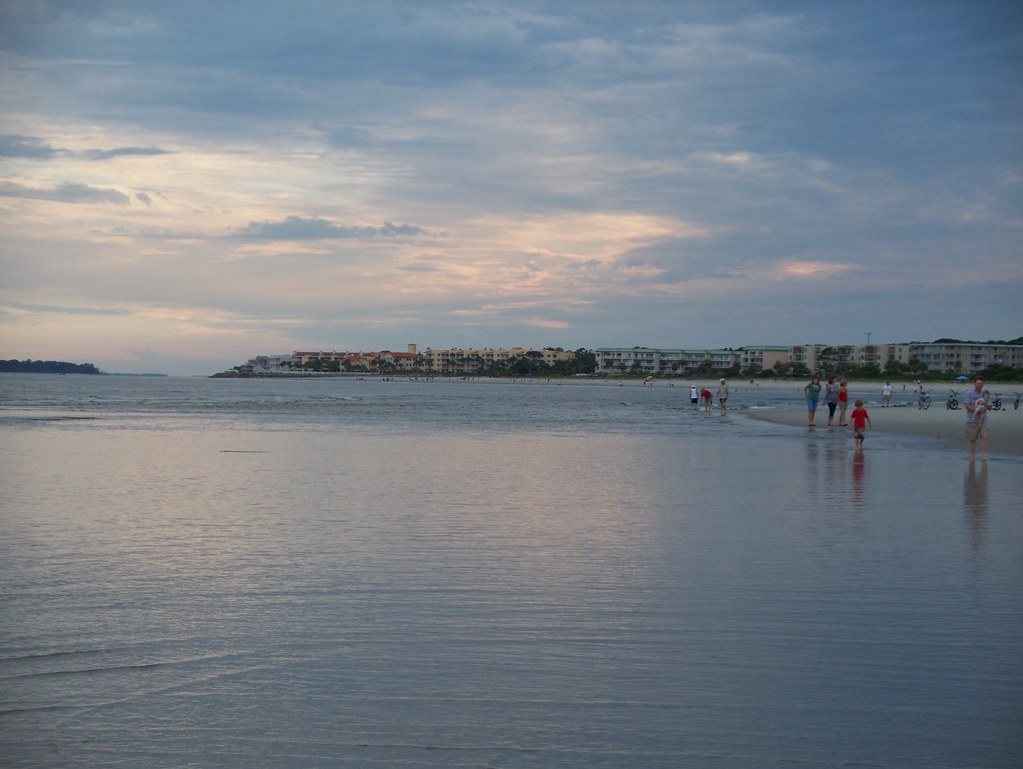
Santa Catalina Island, California
Catalina combines historic ambience with wilderness allure by offering everything from Art Deco theaters to zip lines. Chewing gum magnate William Wrigley Jr. brought the Chicago Cubs here for spring training (they played on the island until 1952) andt he historic clubhouse, now the Catalina Country Club & Golf Course, displays Cubbies memorabilia. Wrigley also built the ornate 1929 Catalina Casino. Take the tour to see the Deco reliefs, Tiffany chandeliers, and 180-foot-diameter parquet dance floor in the world’s largest circular ballroom. Outdoorsy types should rest assured that the Catalina Island Conservancy acts as responsible steward, controlling approximately 88 percent of the island. Hiking, mountain biking, camping, and often diving permits must be obtained.Fun Fact: Catalina, only 22 miles from Los Angeles, has been the backdrop for countless films and TV shows. The approximately 150 American bison that roam Catalina are descended from those imported for the 1924 filming of The Vanishing American. Due to cost overruns, producers left them on island.
This entry was posted on at 3:49 AM. You can follow any responses to this entry through the RSS 2.0. You can leave a response.
- No comments yet.







